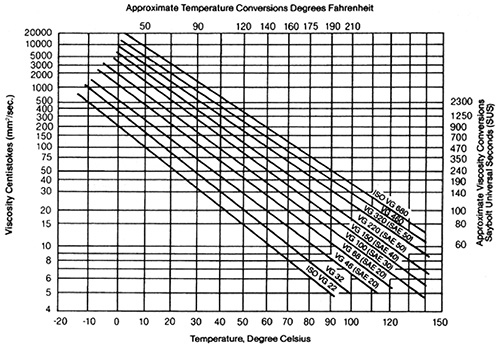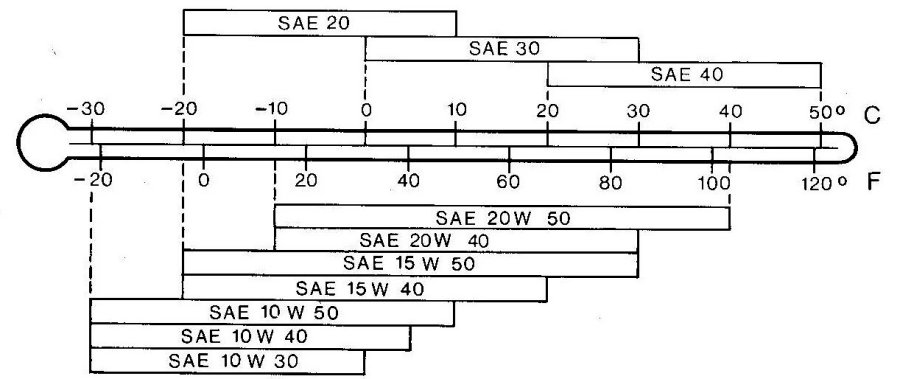

Honey when you heat it up: it immediately becomes easier to pour once it reaches a certain temperature also, when cooled, the consistency of honey thickens.

Lubricants resembling this liquid are higher viscosity oils. This is because honey is more viscous than water and has a much higher viscosity.Īlternatively, this fluid is a great deal thicker - somewhat like honey. Immediately - but a glass of honey would slowly spill over, giving you a second to react. If you were to knock over a glass of water, the liquid would spill out Take, for example, this comparison of two common substances with different viscosities: water and honey. In a nutshell, the thicker the fluid is, the more resistance to flow it will demonstrate. Viscosity is the measure of a fluid's resistance to flow (under certain conditions). This liquid's water-like state is reminiscent of a lower-viscosity lubricant. Viscosity and though the word may sound a bit dense, it's actually pretty simple: it is a number value for the relative thickness (or weight) of your oil or lubricant. These numbers are representative of a lubricant's Numbers in 5w-20 might signify? Or - should you work with machinery that requires an industrial lubricant - the AW-68 on your pail of hydraulic oil? Please note that vehicle requirements may vary so consult your car’s handbook for the correct viscosity grade.If you've changed your own oil before, then chances are you know what the "w" in 5w-20 means (HINT: it stands for winter grade, or rating). In other words, the choice of viscosity would be different depending on whether you are living in Finland (0W/ 5W-30) or Nigeria (5W/10W/15W40 or even 20W50). Multigrade oils such as SAE 5W-30 and 10W-40 are widely used because, under all but extremely hot or cold conditions, they are thin enough to flow at low temperatures and thick enough to perform satisfactorily at high temperatures.

The number after the W describes how thick the oil is at the engine’s normal operating temperature. The lower the number, the thinner the oil and the better the oil’s cold temperature/ cold start performance. In a 5W-30 for example, the number before the W describes the viscosity of the oil at low temperatures.

This is why you would see something like this on the label: SAE 5W-30. Because the viscosity of oil changes with temperature, multigrade oils were developed to provide protection across a range of temperatures.
Sae oil viscosity chart for f code#
The long answer:The Society of Automotive Engineers (SAE) has established a numerical code system for grading motor oils according to their viscosity characteristics. The short answer:The numbers represent the viscosity of the oil and the W stands for WINTER. That’s what car service centres and mechanics are there for right?īut what if you find yourself in a position where you need to buy and put in the oil yourself? How do you know which oil to use and how do you read the label? What does SAE 5W-30 mean? In fact, most of us don’t even know what is under the hood of our car, let alone the type of oil that is in our engine. Not all of us get to service our own cars.


 0 kommentar(er)
0 kommentar(er)
